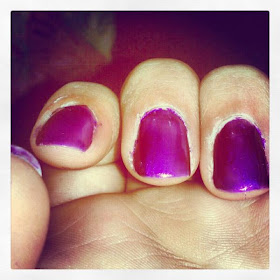


A paradox in the making of the world has shone light on a topic that the world suffers most from, Racism.
Racism is the belief that race accounts for differences in human character or ability and that a particular race is superior to others. For this blog post, I’m not only talking about Racism in the area of Race, but also in the area of stereotypes.
How can one be called a racist? Well, one must not tolerate the other race. Anyone can be called a racist these days. This is because everyone has ideas about other people. They are all socialized to believe that they are of one race and the others around them are different. Some people teach their children not to socialize with other children from different ethnicities or even races due to the fear of “Identity loss”.
How can one have an identity when one lives in such a diverse world? There are people in the same family that are of different races, let alone your next-door neighbors or your friends. Everyone is different; people need to seriously start realizing that!
My latest project in my major class was about Labor workers in Qatar and how they live their social life. Out reporting for hours on end in this mild spring weather, I realized that there’s a lot that people don’t know about this place.
The workers had one day to socialize and they use that day to do their shopping, play cricket with friends and make the longest phone-call to their home country.
They are seen as single workers who are not allowed in on Fridays to Malls. Well, in this country, Friday is Family Day. They are seen as the workers who people don’t want to associate themselves with all the time, unless they have to.
If we actually think about it, these people are the ones putting their sweat and blood into building our nation and we repay them with what?! Little money! One day off! Living in poor housing, complexes outside the main city. They’re fine with all of that trust me! But then you even take away their privilege of being free to roam in the country they are building? Why?
An anthropologist, Ms. Rico said that it is “Violent” that these workers cannot enjoy the privileges that they are building for us. It really is a sad image to see when a worker builds the mall and when it is finally open, he is not allowed in to see his work complete.
Sociology has played a huge part in making this issue come to reality. The more people are socialized from their birth to be with the people they look like; this would never be a world with no discrimination, racism or hate!
Stereotypes are given to everyone from all races, there are even jokes made about these stereotypes. Humor and movies are used to shine light that not everyone is equal, but not everyone is separate either. I guess that’s what the workers would witness time and time again, they are equal with people, the citizens, but they are also very separate and living separate lives.

































